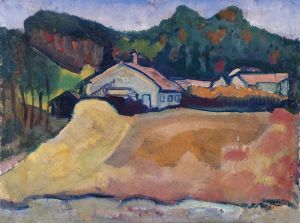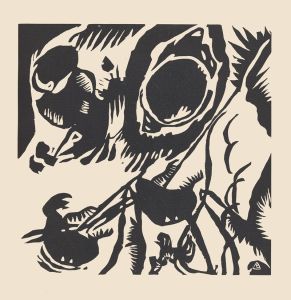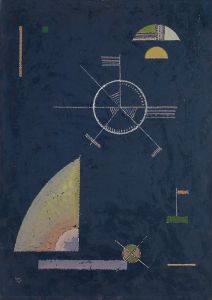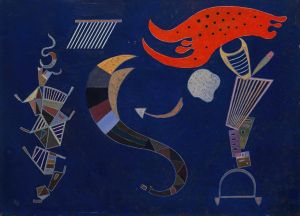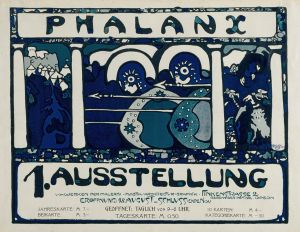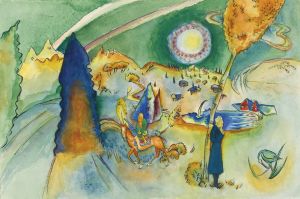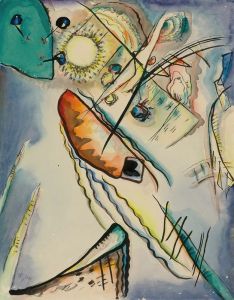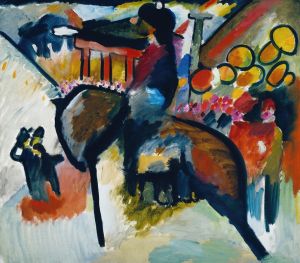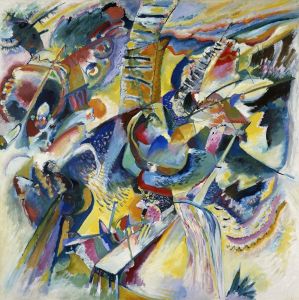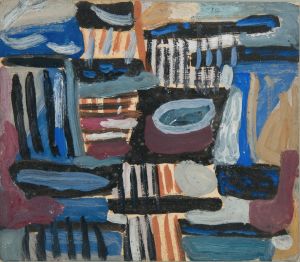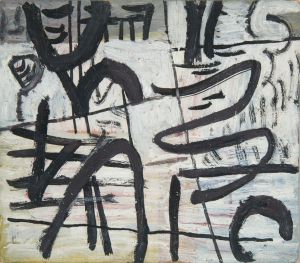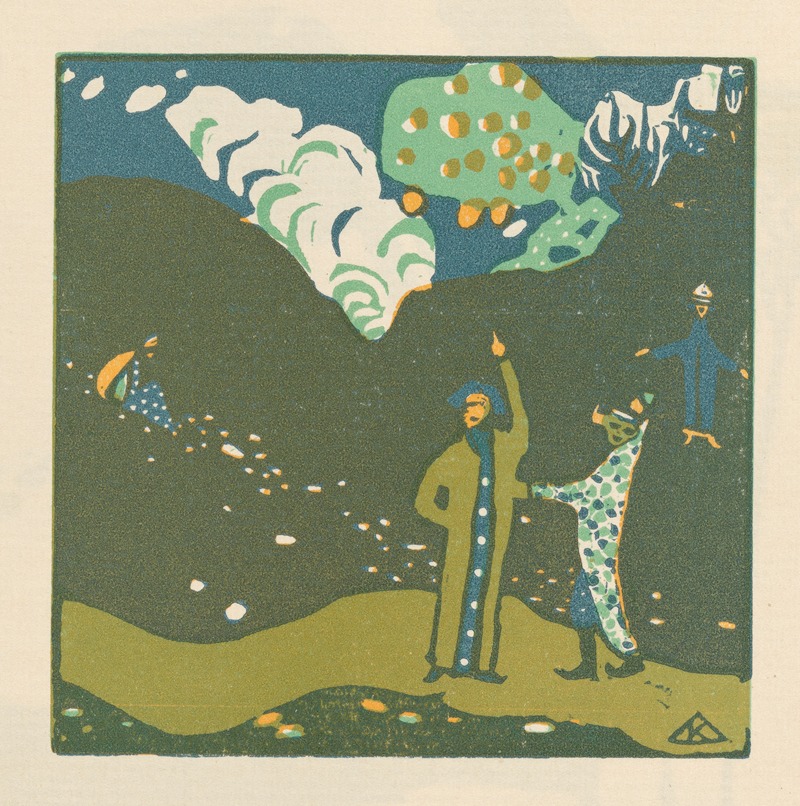
Klänge Pl.23
A hand-painted replica of Wassily Kandinsky’s masterpiece Klänge Pl.23, meticulously crafted by professional artists to capture the true essence of the original. Each piece is created with museum-quality canvas and rare mineral pigments, carefully painted by experienced artists with delicate brushstrokes and rich, layered colors to perfectly recreate the texture of the original artwork. Unlike machine-printed reproductions, this hand-painted version brings the painting to life, infused with the artist’s emotions and skill in every stroke. Whether for personal collection or home decoration, it instantly elevates the artistic atmosphere of any space.
Wassily Kandinsky, a pioneer of abstract art, created "Klänge Pl.23" as part of his broader exploration into the relationship between visual art and music. Kandinsky, born in 1866 in Moscow, was a key figure in the development of modern art, particularly known for his role in the transition from representational art to abstraction. His work often sought to convey emotions and ideas through color, form, and composition, much like music does through sound.
"Klänge" (meaning "Sounds" in German) is a collection of woodcuts and prose poems published by Kandinsky in 1913. This portfolio is considered one of the most important precursors to abstract art, as it blends visual art with literary expression, reflecting Kandinsky's synesthetic approach to art-making. He believed that colors and shapes could evoke emotions in the same way that music does, a concept that is evident throughout the "Klänge" series.
"Klänge Pl.23" is one of the woodcuts from this series. While specific details about this particular plate are limited, the series as a whole is characterized by its abstract forms and bold use of color. Kandinsky's woodcuts in "Klänge" often feature simplified shapes and lines, which are intended to evoke a sense of rhythm and movement, akin to a musical composition. The abstract nature of these works allows viewers to interpret them in a personal and subjective manner, much like listening to a piece of music.
Kandinsky's work during this period was heavily influenced by his theoretical writings, particularly his book "Concerning the Spiritual in Art," published in 1911. In this text, he articulated his belief in the spiritual power of art and its ability to transcend the material world. He argued that art should not merely replicate the visible world but should instead express the artist's inner life and emotions. This philosophy is evident in "Klänge," where the interplay of visual and literary elements creates a multi-sensory experience.
The "Klänge" series, including "Klänge Pl.23," is a testament to Kandinsky's innovative approach to art. It reflects his desire to break free from traditional artistic conventions and explore new ways of expression. By combining visual art with poetry, Kandinsky sought to create a holistic artistic experience that engages both the eyes and the mind.
Kandinsky's influence on the art world is profound, as he is often credited with being one of the first artists to fully embrace abstraction. His work paved the way for future generations of artists to explore non-representational forms and to consider the emotional and spiritual potential of art. "Klänge Pl.23," along with the rest of the "Klänge" series, remains an important example of Kandinsky's innovative spirit and his contribution to the evolution of modern art.





